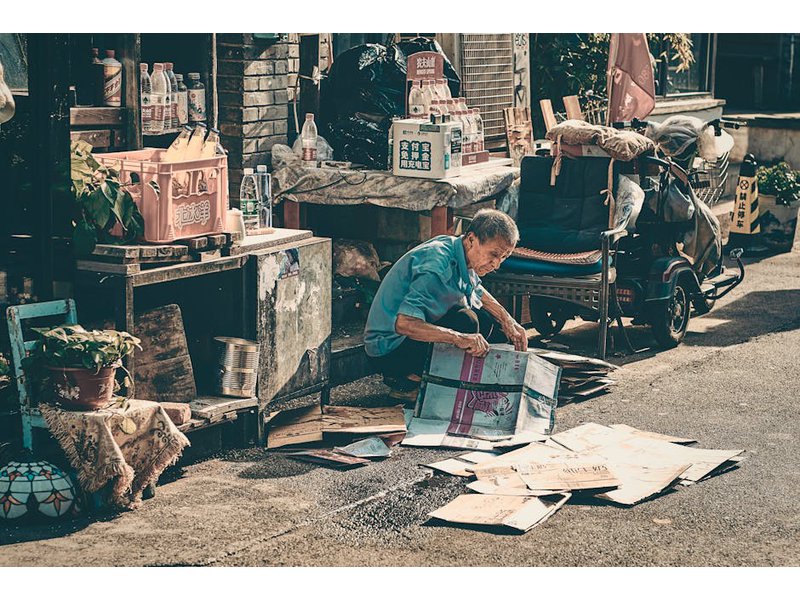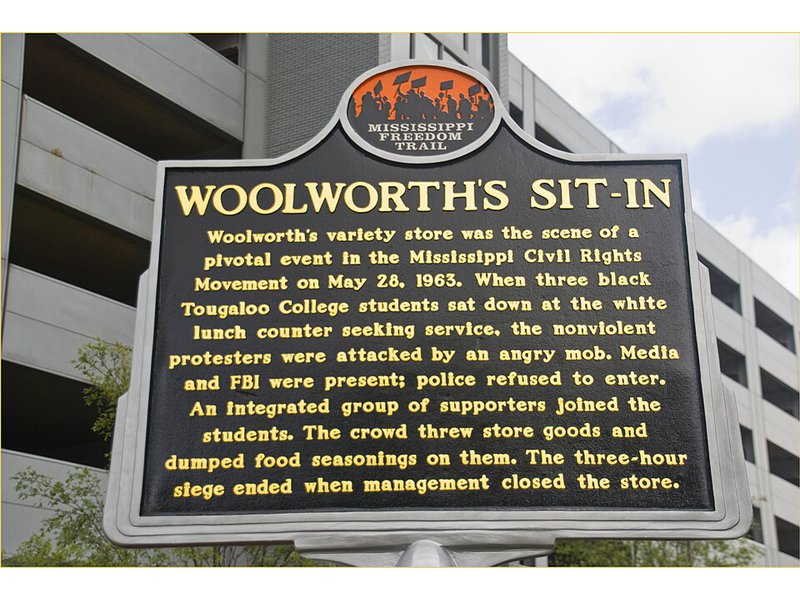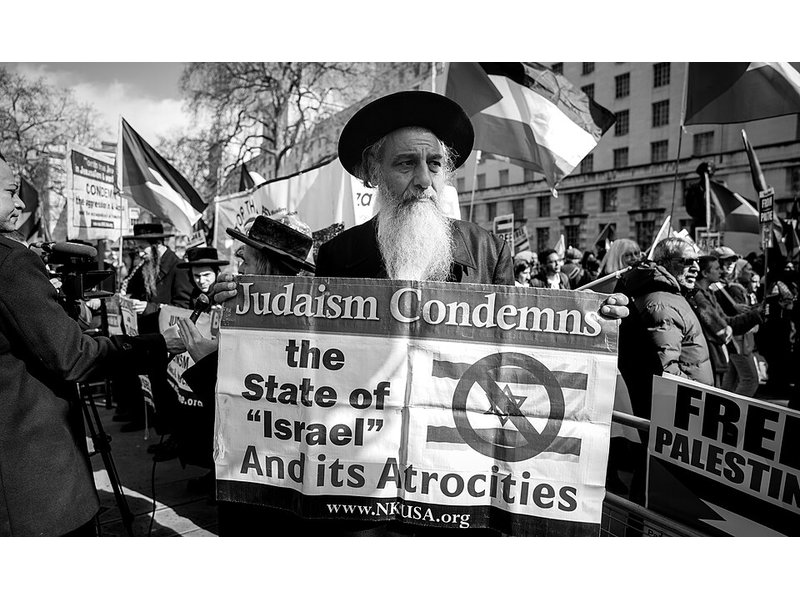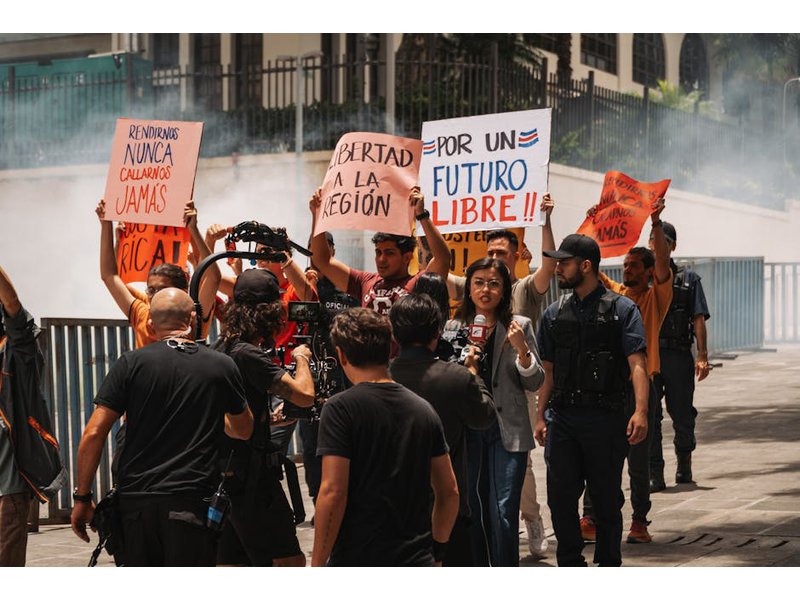065 stay at home
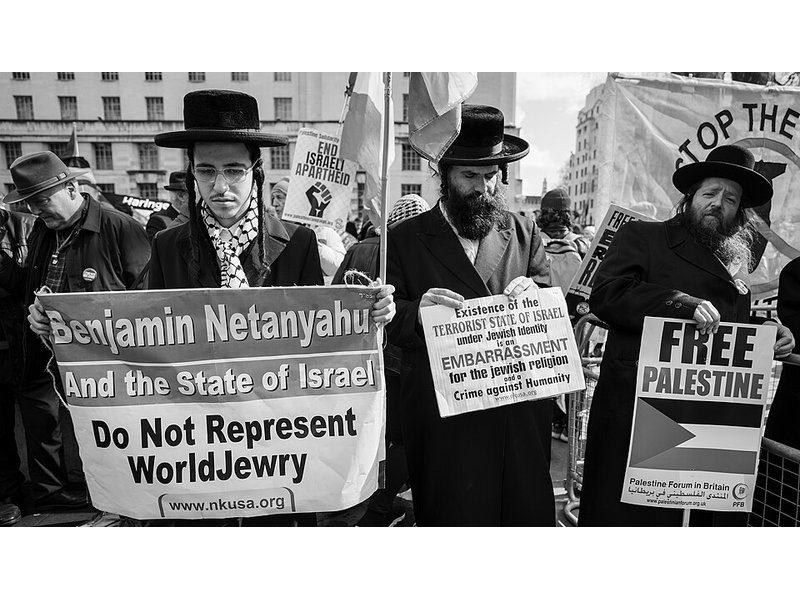
"The stay-at-home is often applied in close association with forms of the strike or the hartal, although it may be practiced entirely after working hours. In this form of noncooperation the population as a whole remains at home for a set period, usually for a political motive. Normally, the stay-athome will last a short period, such as one or two days. It is usually organized, although it may be spontaneous. In addition to reducing the chances of “incidents,” it may serve to demonstrate to the opponent the degree of unity and self-discipline among the population."...
Potentially problematic matches
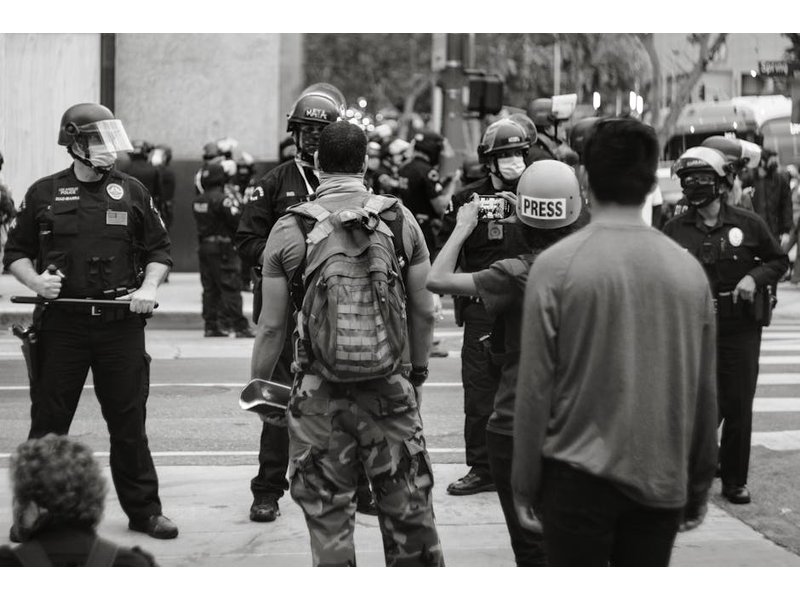
High scoring campaigns using this method
Historical cases from the Nonviolent Action Database that used this method
Colombians overthrow dictator, 1957
The strikes and demonstrations that deposed President Gustavo Rojas Pinilla of Colombia were planned somewhat day to day and began as reactionary actions in response to Rojas’s attempts to hold power indefinitely. The opposition to Rojas had a wide b...
Cubans general strike to overthrow president, 1933
For two years prior to this campaign there was a violent struggle to oust dictator Gerardo Machado: running gun battles, bombings, political assassinations. The leading violent group agreed to a ceasefire in July 1933 to allow for mediation, but smal...
El Salvadorans bring down a dictator, 1944
In 1938, El Salvadoran president General Maximiliano Hernández Martínez proposed changing the country’s constitution so that he could continue holding his position beyond the end of his second term. When Martínez came to power in the early 1930s as a...
French citizens and soldiers nonviolently defend against Algerian putsch, 1961
At the beginning of April 1961, after nearly seven years of war in Algeria as France tried to maintain its control there, French President Charles de Gaulle announced that he would begin negotiations with the Algerian nationalists and soon relinquish...
Pakistani students, workers, and peasants bring down a dictator, 1968-1969
During the fall of 1968, Ayub Khan celebrated his tenth year as president of Pakistan. In honor of this anniversary, he declared his reign as the “Decade of Development,” an action that sparked an outbreak of protests against the state.\n\nMuch of Pa...
Iranians overthrow the Shah, 1977-79
Agitation in Iran was visible by May 1977 in predominantly intellectual circles. A group of lawyers—upset by the government’s interference in the judiciary—drafted a strongly worded manifesto chronicling the legal abuses that had occurred under the S...
South Africans successfully boycott buses in Johannesburg, 1957
In 1957, the Public Utility Transport Corporation (PUTCO) in South Africa raised the bus fare from 4d to 5d for commuters in Johannesburg. This was equivalent to 2 pennies or 1 shilling (15c) more that the South Africans would need to pay a week.\n\n...
Sierra Leone citizens defend democracy, 1997-1998
Sierra Leone is a West African country of 6 million people. Now a constitutional democracy, dictators and one-party governments ruled for decades and the people endured periods of civil war.\n\nIn 1996 the country had its first multiparty elections a...
Austrian Social Democrats general strike to prevent civil war, 1927
In Vienna in the summer of 1927, the Social Democrats represented a local majority, but faced resistance from the federal government and many rural fascist-leaning areas. In July, a federal court found the Tscharmon brothers and Julius Pinter, member...
Togolese citizens campaign for democracy, 1991
The Togolese President Gnassingbé Eyadema came to power in 1967 after he led the army in a bloodless coup to take over the previously multi-party government. By 1990, Eyadema had been president for 23 years and had banned all political parties except...
Low scoring campaigns using this method
Historical cases from the Nonviolent Action Database that used this method
Luxembourgers general strike against Nazi occupation, 1942
In the 1940s, Nazi Germany under the government of Adolf Hitler was advancing its conquest of Europe during the Second World War. By May 1940, Luxembourg, a small neutral country bordering Germany, was placed under military occupation by forces of th...

